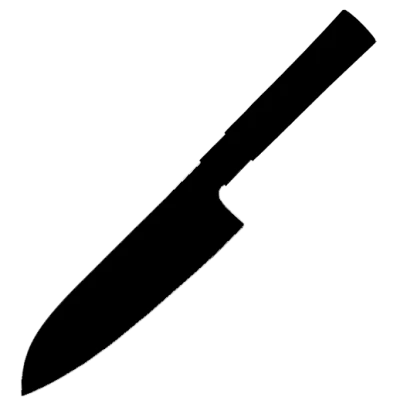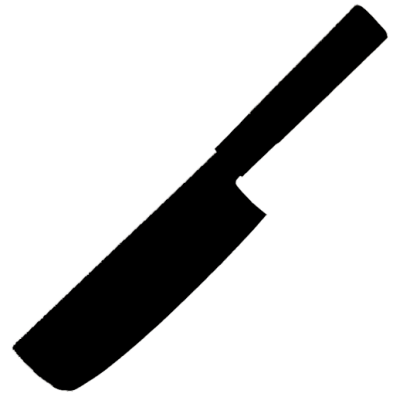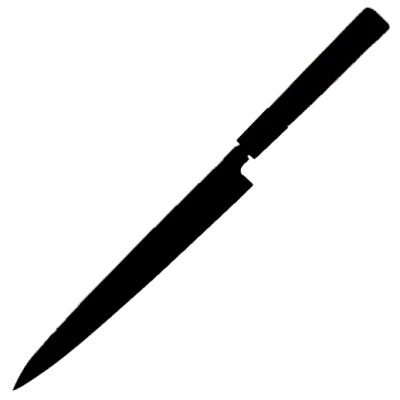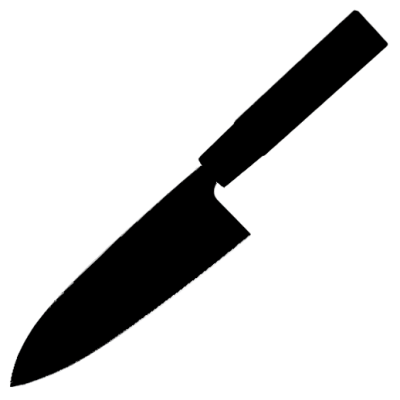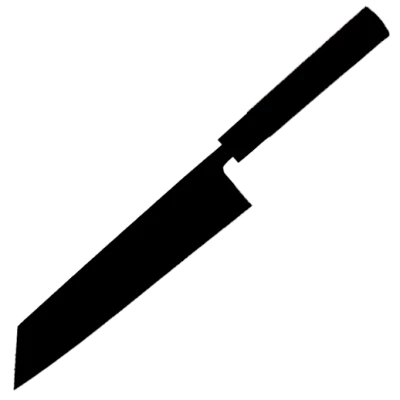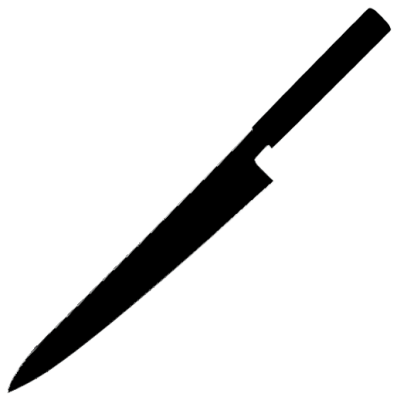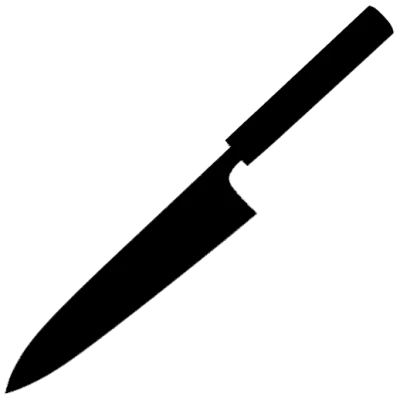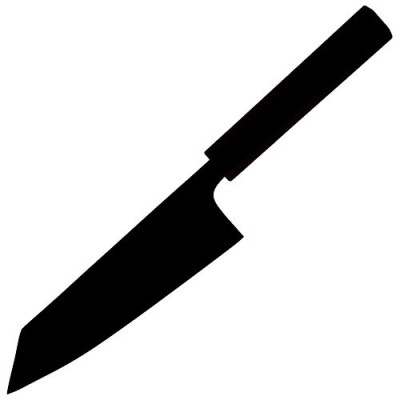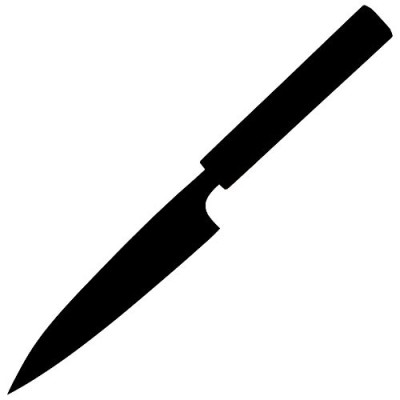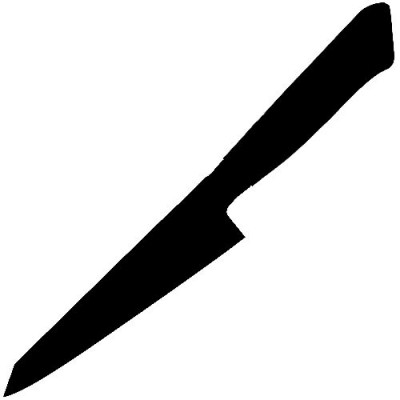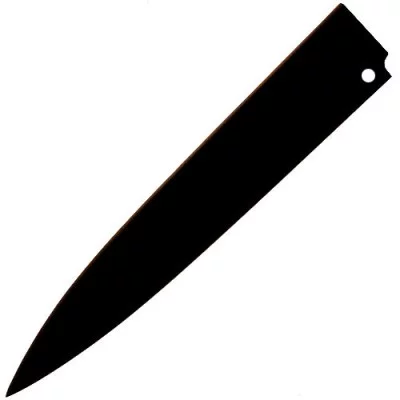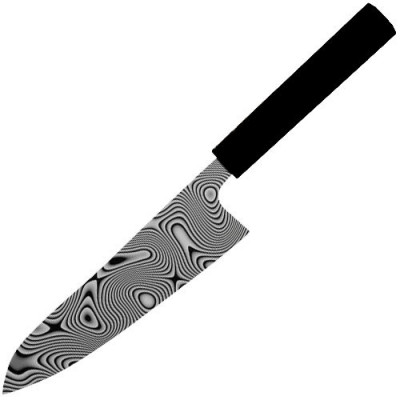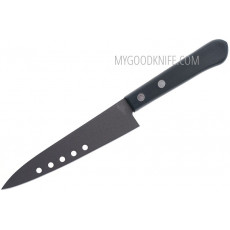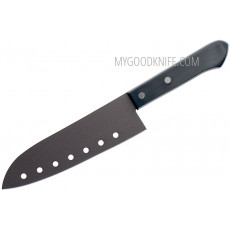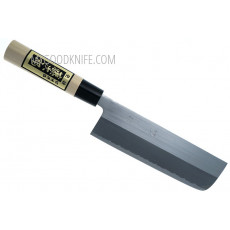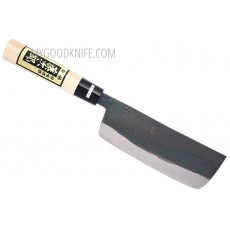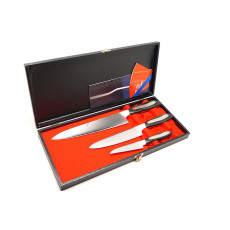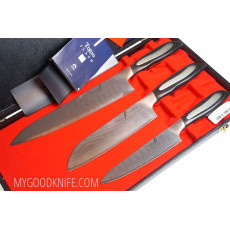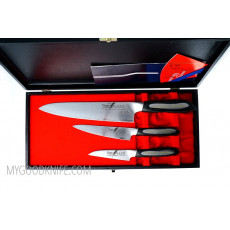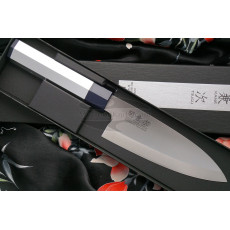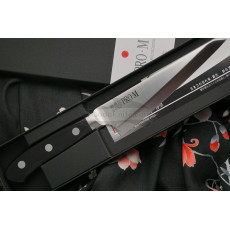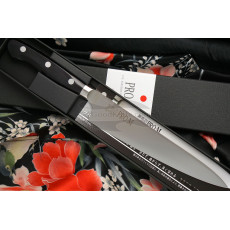Sold out
Japanese Knives
There are 804 products.
Sold out

Sold out

Sold out

Sold out

1 x 180mm Santoku Knife (63 Layers)
1 x 150mm Utility Knife (37 Layers)
1 x Presentation Case
Tojiro Flash Professional Series
The flagship model of the Tojiro Professional Chefs series features up to 63 layers of beautiful Damascene Laminated steel (Floating Mist). This process allows the thin centre layer of VG-10 steel to be extremely hard & sharp but the blade retains flexibility & strength. The comfortable handles are made from very durable Micarta (multi layers of linen & resin) and feature a stainless steel inlay.
Sold out

Sold out

Sold out

Since introducing the Kanetsugu Pro M series , Seki Kanetsugu has received a positive reputation for their unique Round Shape of Black Pakka wood handle for comfortable grip, well balanced and practical shape. You might have not been familiar with this shape of the handle and the blade edge (Convex edge). Mr. Kawamura (President of Kanetsugu company) has spent numerous times to research and study to produce the best performance chef knives.Recomeneded for both - Home Chefs to Pro Chefs who demand extra sharpness and cutting performance for the sophisticated cooking life.
Sold out

Sold out

Sold out

Sold out

